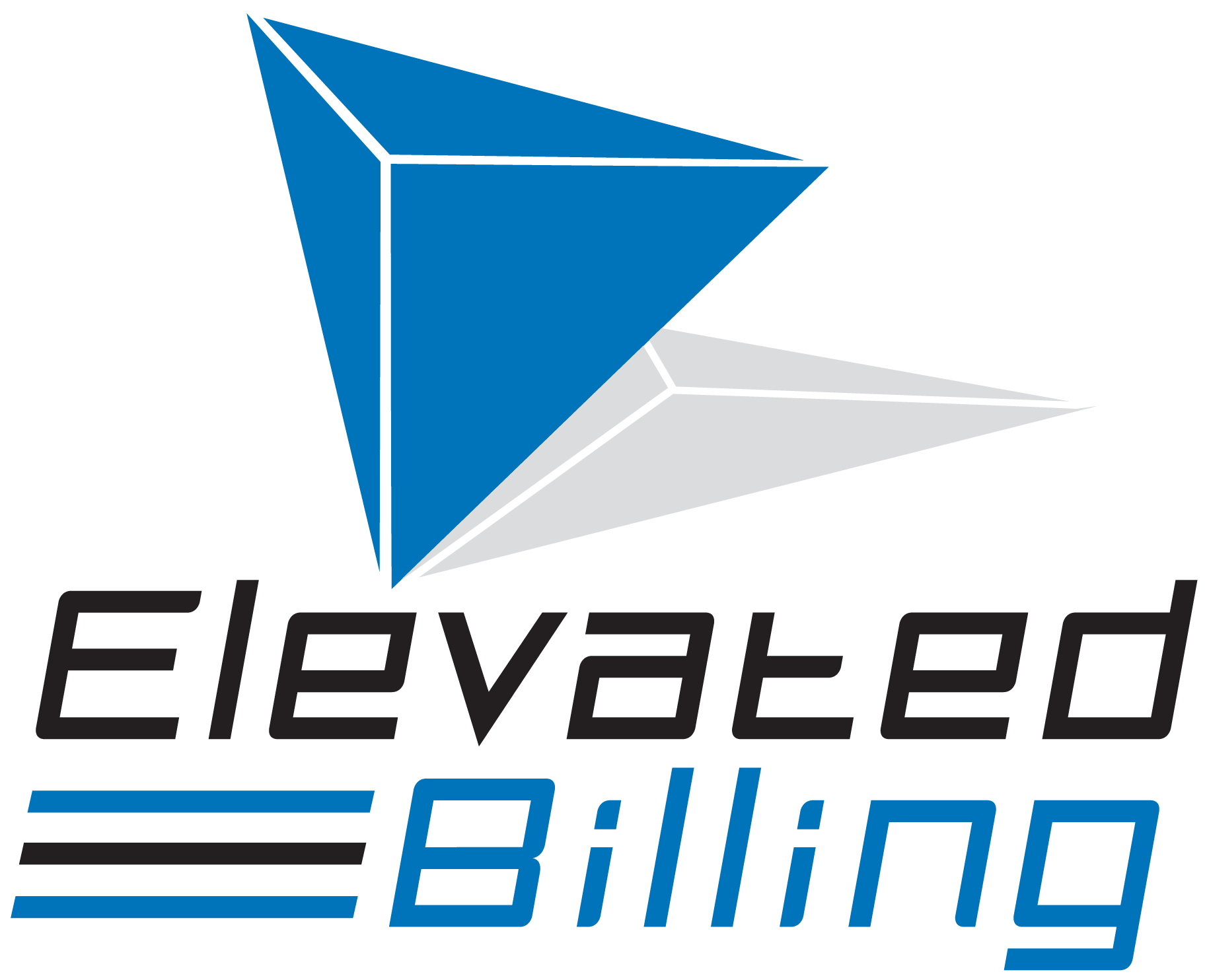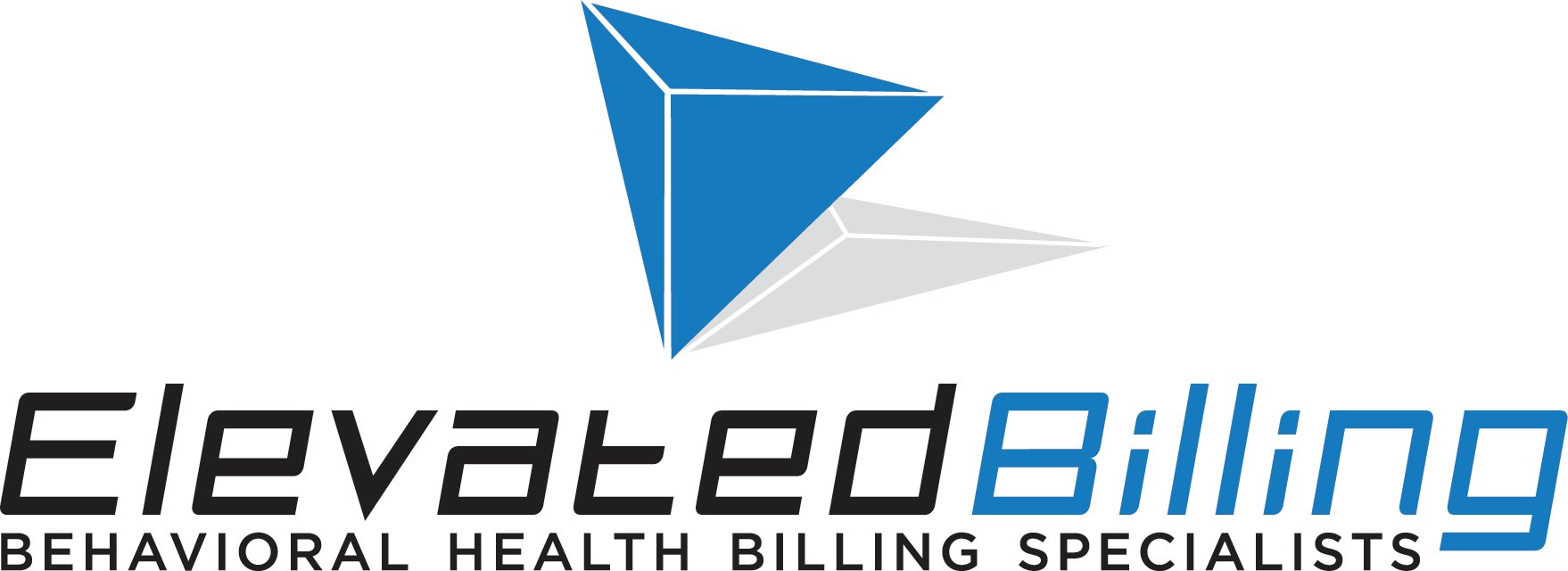“Discharge planning starts day one."
This common phrase has been added to the disclaimer most insurance companies give when providing authorization... but what does it really mean? It means the insurance wants to know from day one that you have a general step down plan in mind for your patient, versus requesting the same level of care until it is denied and then scrambling to transition the patient to a lower level of care. It is one way insurance companies measure your credibility and reputation, and it goes a long way in this industry. If your facility has a reputation of stepping clients down when it is medically reasonable, it is likely more days will be approved. However, if you have a reputation for NOT stepping a patient down until the current level of care is denied regardless of their progress, it can harm both your credibility and your bottom line.
How do I decide when to Step Down?
The decision as to when to step a client down can be a difficult one, since what an insurance company deems “medically necessary” likely differs from your definition. When considering a step-down plan for a patient, I like to start by asking myself: “Why specifically do I feel this patient cannot safely be treated at a lower level of care?”
If I get an uneasy feeling and butterflies in my stomach, then I start listing the clinical reasons why. For example:
- Has the patient’s mood been volatile over the past 72 hours?
- Are they expressing an increase in depression?
- Did they start a new psychotropic?
- Was their family session a disaster leading to severe isolating behavior?
- Have they mentioned leaving against medical advice?
- Etc.
For me, these would all be examples of red flags that indicate the patient is not safe moving to a lower level of care at this time.
Conversely, if I feel the patient may struggle but would still be safe with the structure a lower level of care offers then it might be time to step down. The ultimate goal is to challenge a patient to recover through step downs, not to put their treatment in jeopardy.
How to Step Down in Line with Carrier Guidelines
Each insurance plan has slightly different guidelines on what constitutes “medical necessity.” Below are some of the most common guidelines. It may be time to step a patient down if they more closely match these guidelines for a lower level of care:
4.0 DETOXIFICATION (DTX)
- Acute intoxication and/or life-threatening withdrawal potential.
- Incapacitation and/or severe medical problems that require 24/7 medical monitoring and/or intervention.
- Unwillingness or grave inability to follow through with necessary treatment recommendations.
- Active suicidal ideation, homicidal ideation, or psychosis that cannot be managed in a lower level of care.
- Generally not covered for detox from substance that do not produce “life threatening” withdrawal symptoms.
3.5 RESIDENTIAL TREATMENT (RTC)
- Current behavior that indicates immediate danger to self or other (SI, HI, psychosis).
- Unwillingness or grave inability to provide adequate self-care while living independently.
- Evidence of unsuccessful attempts at community re-entry and/or failure at lower levels of care.
- Treatment plan includes goals/interventions that can be reasonably expected to bring about significant change.
- Active discharge planning documented and updated from time of admission.
- Generally not covered as an alternative to incarceration or long-term care for individuals with personality disorders.
- Generally not covered as the equivalent of safe housing/boarding or alternative living arrangement meaning “not having a place to go” is not justification for RTC.
- Generally not covered when other less restrictive levels of care are available and meet the treatment needs.
- Some insurance companies will not cover unless there is a need for 24 hour “nurse monitoring” meaning there has to be more justification for 24 hour monitoring than “preventing relapse.”
2.5 PARTIAL HOSPITALIZATION (PHP)
- No immediate life-threatening withdrawal or psychiatric symptoms.
- Needs structured, face-to-face intervention with multidisciplinary team at a higher frequency than IOP.
- Treatment has goal/interventions that can be reasonably expected to bring about significant change.
- Reasonable commitment and/or readiness to change.
- Generally not covered if living on-site.
2.1 INTENSIVE OUTPATIENT (IOP)
- No immediate life-threatening withdrawal or psychiatric symptoms.
- Needs structured, face-to-face intervention with provider at least 9 hours per week to achieve treatment goals.
- Treatment has goals/interventions that can be reasonably expected to bring about significant change.
- Generally not covered if living on-site.
Discharge and step down planning starts day one; however, this plan is fluid and changes based on your individual patient’s needs. If a patient begins regressing at a lower level of care, consider requesting a step up. Recovery is an ongoing process, and step downs are an important part of allowing your patient to gradually transition back into everyday life.


